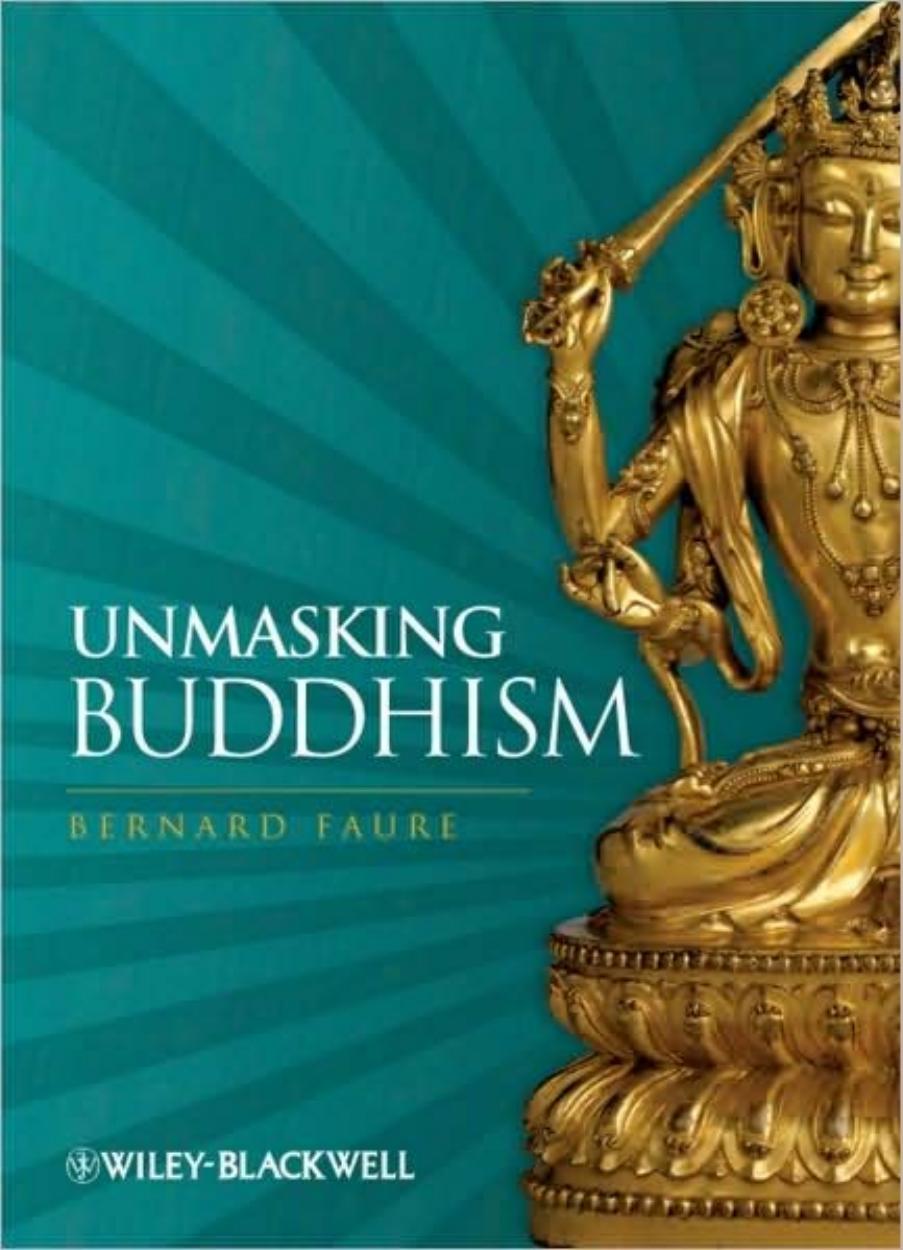Unmasking Buddhism by Bernard Faure

Author:Bernard Faure
Language: eng
Format: epub, pdf
Publisher: Wiley
Published: 2011-09-03T16:00:00+00:00
Part III
Buddhism and Society
“Buddhism is a tolerant religion”
[The] spirit of tolerance and compassion has been one of the most highly regarded ideals of the Buddhist culture and civilisation from the outset. This is why there is not one single example of persecution or of one drop of blood being shed either in the conversion of people to Buddhism or in the spread of Buddhism over its two thousand five hundred year history.
Walpola Rahula, What the Buddha Taught, 1959
It is often said that Buddhism is a tolerant religion, if not the religion of tolerance. There is no fundamental dogma or ultimate ecclesiastical authority in Buddhism. This makes it at first glance difficult to talk about orthodoxy or Buddhist “fundamentalism.” However, in practice the situation has not always been as harmonious as the theory would have us believe. There have been several clashes over doctrine, for example. In Chinese and Japanese Buddhism of the eighth to thirteenth centuries CE, there was a marked trend towards adopting one single practice (for example, seated meditation or reciting the name of the buddha Amida). This practice was supposed to cover (and render unnecessary) all other practices (rituals, prayers, etc.).
Furthermore, the notion of a single principle leads to a homogenous universe where any real differences are excluded and where evil is merely an illusion, a lesser form of being. Tolerance towards the “other” (in particular towards the natives often represented by local deities) only exists where this otherness is reduced to sameness. Furthermore, while Mahyna may be praised for its inclusivity in texts such as the Lotus Sutra, this same text is striking in terms of its polemical nature and rejection of previous forms of Buddhism which are pejoratively referred to as the “Lesser Vehicle.” This text is the fundamental scripture of the Japanese Nichiren sect and its lay organization, the Soka Gakkai, which are characterized by their sectarianism and forceful methods of proselytism.
However, it is the historical development of Buddhism in particular which has brought about a certain bending of Buddhist principles. The main problem resides in Buddhism’s relations with the cultures it has encountered during its expansion towards the East. The attitude of Buddhists towards local religions is often cited as a classic example of tolerance. However, in reality this has often been more of an attempt to establish Buddhist supremacy: the most important local gods are converted while others are demoted to the rank of demons to be subjugated or destroyed through the appropriate rituals. Of course, this process is often depicted in Buddhist sources as a voluntary conversion on the part of local deities. The reality, however, is often somewhat different, as is indicated by various Buddhist myths which suggest that Buddhism has often sought to simply eradicate any local cults which stood in its way.
Tibet was “pacified” in this way by the Indian master Padmasambhava, who subjugated all the local “demons” (actually ancient gods) using his formidable powers. The first Buddhist king, Songsten Gampo, had already subjugated the terrestrial forces, symbolized
Download
This site does not store any files on its server. We only index and link to content provided by other sites. Please contact the content providers to delete copyright contents if any and email us, we'll remove relevant links or contents immediately.
The Lost Art of Listening by Michael P. Nichols(7408)
Why I Am Not A Calvinist by Dr. Peter S. Ruckman(4102)
The Rosicrucians by Christopher McIntosh(3467)
Wicca: a guide for the solitary practitioner by Scott Cunningham(3127)
Signature in the Cell: DNA and the Evidence for Intelligent Design by Stephen C. Meyer(3071)
Real Sex by Lauren F. Winner(2967)
The Holy Spirit by Billy Graham(2893)
To Light a Sacred Flame by Silver RavenWolf(2768)
The End of Faith by Sam Harris(2691)
The Gnostic Gospels by Pagels Elaine(2472)
Waking Up by Sam Harris(2392)
Nine Parts of Desire by Geraldine Brooks(2326)
Jesus by Paul Johnson(2310)
Devil, The by Almond Philip C(2282)
The God delusion by Richard Dawkins(2265)
Heavens on Earth by Michael Shermer(2237)
Kundalini by Gopi Krishna(2137)
Chosen by God by R. C. Sproul(2123)
The Nature of Consciousness by Rupert Spira(2047)
